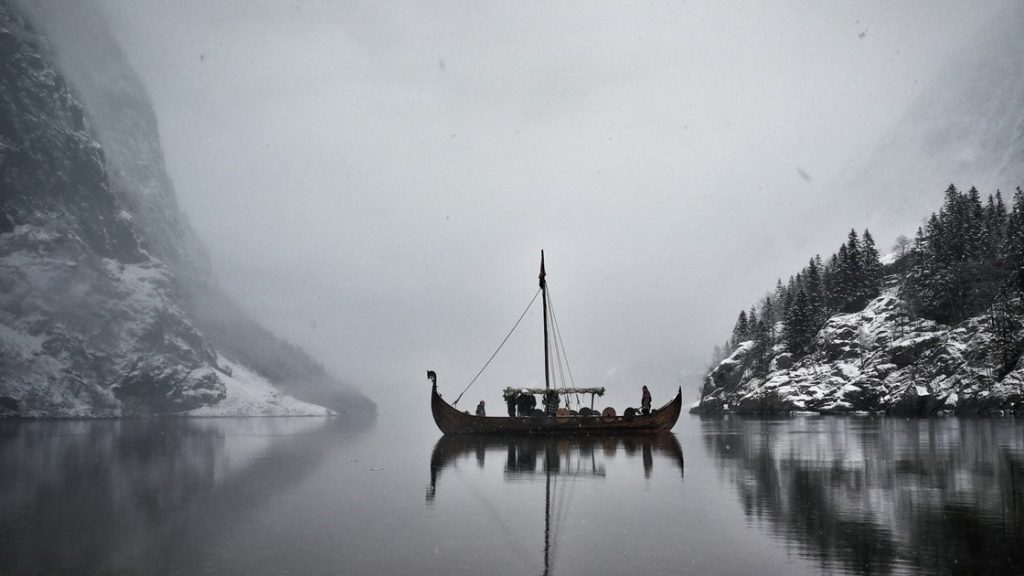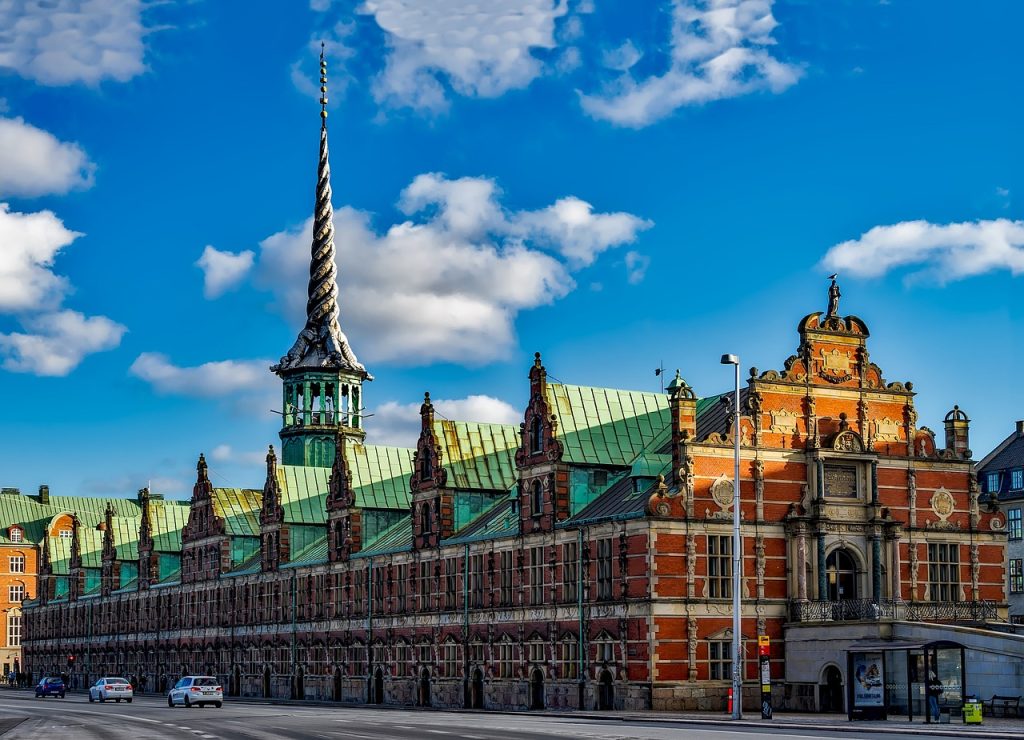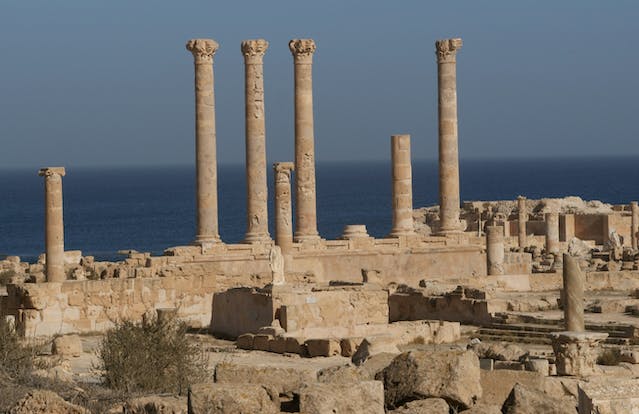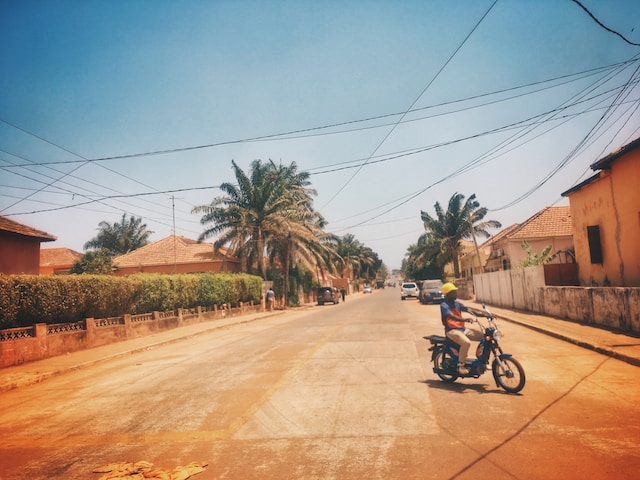History of the Bahamas
The Bahamas is a country consisting of over 700 islands and cays located in the Atlantic Ocean. The history of the Bahamas dates back to the 5th century when the Lucayans, an indigenous people, inhabited the islands. Christopher Columbus first sighted the islands in 1492 during his first voyage to the Americas. He named the island “Baja Mar,” which means shallow sea, from which the current name of “Bahamas” was derived (Bethel, 2011).
In the 17th century, the Bahamas became a popular hideout for pirates, such as Blackbeard and Calico Jack, who used the islands as a base for their raids on passing ships. In 1718, the British Crown took control of the Bahamas and established a Royal Governor to maintain order in the islands. The Bahamas became a British colony in 1783 after the American Revolutionary War, during which many Loyalists fled to the Bahamas, bringing their slaves with them (Bryan, 2005).
The abolition of slavery in the Bahamas in 1834 led to a shift in the country’s economy. The former slaves became wage earners, and the Bahamas’ economy grew through the production of cotton, sisal, and pineapples. The Bahamas gained self-government in 1964 and became fully independent in 1973 (Carrington, 2014).
In recent years, the Bahamas has become a popular tourist destination, with its crystal-clear waters, beautiful beaches, and vibrant culture. However, the country has faced challenges, including high levels of crime and economic inequality. In 2019, the country was hit by Hurricane Dorian, one of the most powerful hurricanes to ever hit the region, causing significant damage to the islands (CIA, 2021).
In conclusion, the Bahamas has a rich and complex history that spans several centuries. From its earliest inhabitants, through the arrival of European explorers and the era of piracy, to its modern status as a popular tourist destination, the Bahamas has experienced many changes and challenges throughout its history.
Location
The Bahamas is an archipelago located in the Atlantic Ocean, southeast of Florida and northeast of Cuba. The country is made up of 700 islands and cays, with a total land area of approximately 5,358 square miles (CIA, 2021). The Bahamas is situated in the Western Hemisphere and is part of the Caribbean region.
The Bahamas is located between latitudes 20° and 28°N and longitudes 72° and 80°W (CIA, 2021). The country is positioned to the north of the equator, making it a tropical region. The archipelago is located in the Atlantic Ocean, but it is close to the Caribbean Sea and the Gulf of Mexico. The proximity to these bodies of water makes the Bahamas an important location for shipping and tourism.
The location of the Bahamas has played a significant role in its history and development. The islands were originally inhabited by the Lucayan people, who were later displaced by European settlers. The strategic position of the Bahamas made it a center for piracy during the 17th and 18th centuries, and it played a role in the American War of Independence. In modern times, the location of the Bahamas has made it a popular destination for tourists from around the world.
In conclusion, the Bahamas is an archipelago located in the Atlantic Ocean, southeast of Florida and northeast of Cuba. Its strategic location has played a significant role in its history and development, from its use as a center for piracy to its current status as a popular tourist destination.

Climate
The Bahamas is a tropical archipelago located in the Atlantic Ocean, southeast of Florida, USA. The climate of the Bahamas is classified as tropical marine, characterized by high temperatures, high humidity, and abundant rainfall throughout the year (The World Factbook, 2021).
The temperature in the Bahamas is generally warm, with average temperatures ranging from 21°C (70°F) in January to 28°C (82°F) in August (Bahamas Ministry of Tourism, 2021). The warmest months are June through September, with temperatures exceeding 30°C (86°F) on occasion. The coolest months are December through February, when temperatures can occasionally drop below 15°C (59°F) in some areas (Bahamas Ministry of Tourism, 2021).
The Bahamas experiences high levels of humidity, which can make the temperature feel even hotter. The relative humidity typically ranges from 70 to 80 percent throughout the year (The World Factbook, 2021). The high humidity, combined with the warm temperatures, makes the climate of the Bahamas feel tropical and balmy, especially during the summer months.
Rainfall is abundant throughout the year in the Bahamas, with an average of 1,500 millimeters (59 inches) of rainfall per year (The World Factbook, 2021). The wettest months are typically May through October, when the archipelago experiences its rainy season. During this time, the Bahamas is at risk of tropical storms and hurricanes, which can bring heavy rainfall, high winds, and storm surges (National Oceanic and Atmospheric Administration, 2021).
In conclusion, the climate of the Bahamas is tropical marine, with high temperatures, high humidity, and abundant rainfall throughout the year. The warmest months are June through September, and the coolest months are December through February. The archipelago experiences a rainy season from May through October, with the risk of tropical storms and hurricanes during this time.
Languages
The Bahamas is a country located in the Caribbean region that has a rich cultural history and a diverse population. The official language of the Bahamas is English, which is the primary language of instruction in schools and the language of government and business affairs (Bermúdez-Otero, 2013). However, due to the country’s history of colonization and immigration, other languages are also spoken throughout the Bahamas.
One of the most commonly spoken languages in the Bahamas is Haitian Creole, which is spoken by many Haitian immigrants who have come to the country in search of better opportunities (Robinson, 2015). Another language that is widely spoken in the Bahamas is Spanish, which is also spoken by many immigrants from Latin America who have settled in the country (Dyer, 2014). In addition, a small number of people in the Bahamas speak Bahamian Creole, which is a creole language that has developed from the English language and includes elements of African and Caribbean languages (Holm, 1989).
Despite the presence of these other languages, English remains the dominant language in the Bahamas, and proficiency in English is necessary for success in many areas of life (Bermúdez-Otero, 2013). The Bahamian government has taken steps to promote English proficiency among its citizens, such as by implementing English language instruction in schools and providing resources for language learning (Bahamas Ministry of Education, 2022).
In conclusion, while English is the official language of the Bahamas, other languages such as Haitian Creole, Spanish, and Bahamian Creole are also spoken in the country. However, proficiency in English remains important for success in many areas of life in the Bahamas. The government has taken steps to promote English language learning among its citizens to ensure that they have the necessary language skills for success in the modern world.




